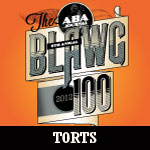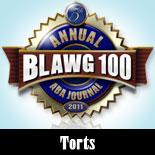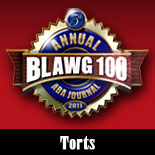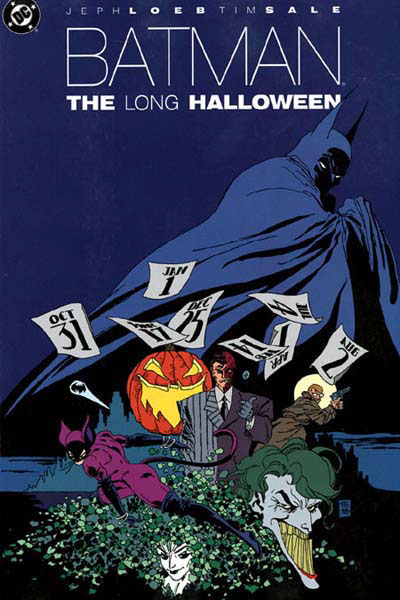Friday Links
We here at Abnormal Use were saddened this week by the passing of music legend Lou Reed. It has been said again and again this week that there would be no punk rock without Lou Reed (and, of course, his band, The Velvet Underground.). Reed released some pretty darn good solo albums, as well. In fact, Reed’s influence and career highs were so meaningful that he is afforded some level of critical immunity for some of his creative missteps (placing him into a category with Bob Dylan and, perhaps, The Rolling Stones). As we have previously mentioned, Lou Reed once released an album called Mistrial, the cover of which is depicted above. Released in the summer of 1986, the album is not among Reed’s best (but it is certain the one with the most appropriate title for use in a law blog post). Another interesting legal side note: Reed sang about the perils of divorce litigation in his song, “Baton Rouge,” which appeared on his 2000 album, Ecstasy. Whatever the case, if you’ve not already, go revisit Reed’s Transformer album and pay your respects to a musical visionary. Rock and roll is a lesser thing with his passing.
Accord to an email missive recently issued by one of our local federal courts, the U.S. District Court for the Western District of North Carolina has established a Pro Se Settlement Assistance Program. For more information on this program, please see here.
You know, with as much as we’ve written about the infamous Stella Liebeck McDonald’s hot coffee case, you’d think we would know that country music singer Toby Keith referenced it in some of his lyrics. “Spill a cup of coffee / Make a million dollars,” he sings in his 2009 song, “American Ride,” from his album of the same name. Apparently, Liebeck’s family was not pleased.
Whoa! Silly string is illegal in Los Angeles! At least, sometimes it is!



























